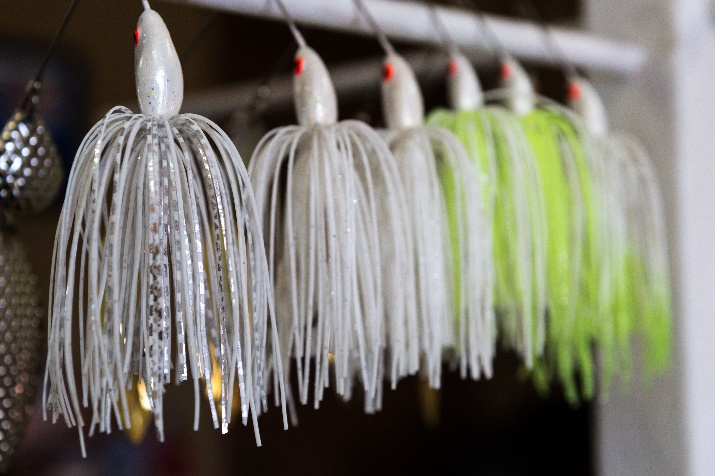When it comes to fishing, many know they have to put something on the hook to attract the fish. But what exactly is the difference between a lure or bait, and when should you use each?
Fishing lures and baits are both tools that anglers use to attract fish. They work in different ways and are designed for specific types of fish.
A lure is an artificial bait designed to imitate the movement and appearance of real prey. It is usually made of plastic, rubber or metal, and can be shaped like a worm, fish, insect or frog. Lures work by creating movement in the water, attracting the attention of the fish.
Bait is similar to a lure, as it coaxes the fish into biting the hook. Natural forms of bait vary from worms and insects to minnows and crawfish. Artificial baits include plastic worms, maggots and other replicas that resemble live creatures. As with a lure, the type of bait used depends on the fish one is looking to reel in.
Lures are more versatile and can be used to cover a larger area in the water, making them suitable for catching a variety of fish species. Bait is often used in murky water and is more effective for specific species. Lures can be used multiple times, bait is a one-time use.
The choice between lure and bait depends on the species and feeding habits, as well as the water conditions. If you are a beginner angler, there is nothing wrong with testing out both options to see what works best.



Leave A Comment